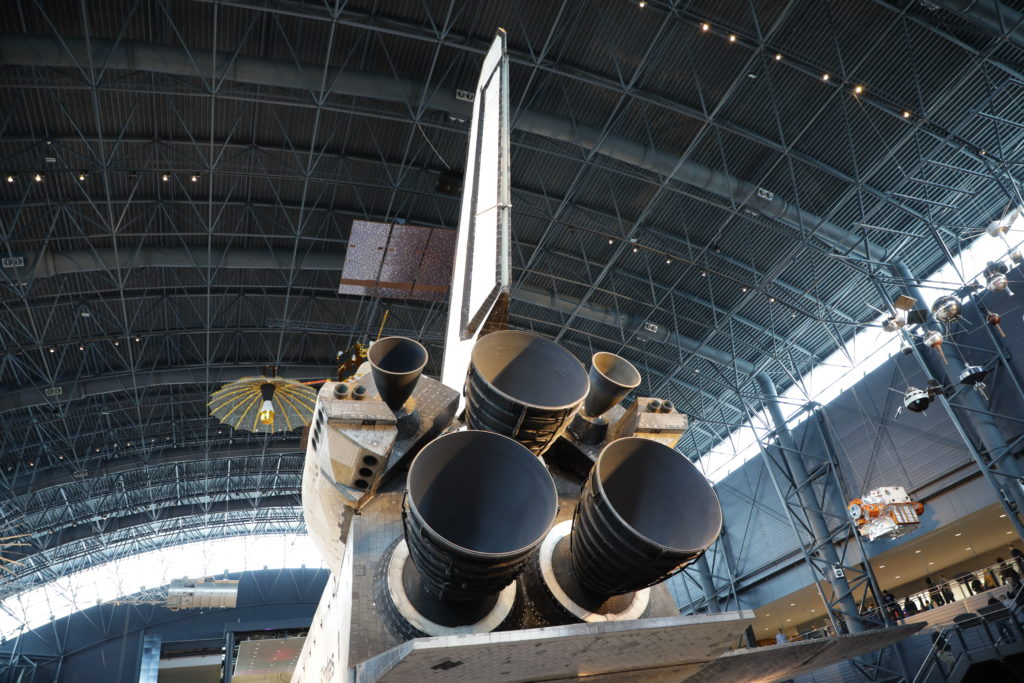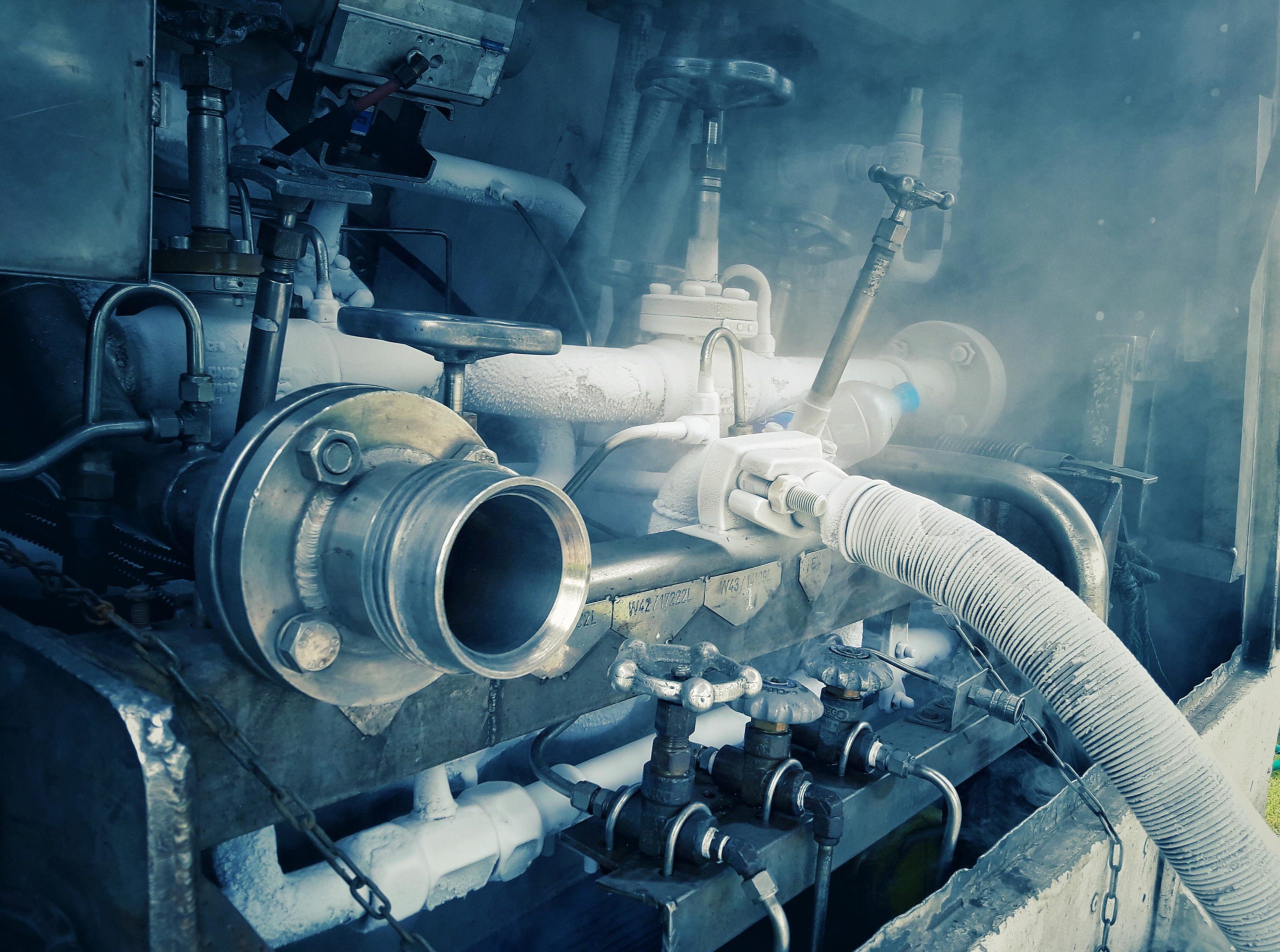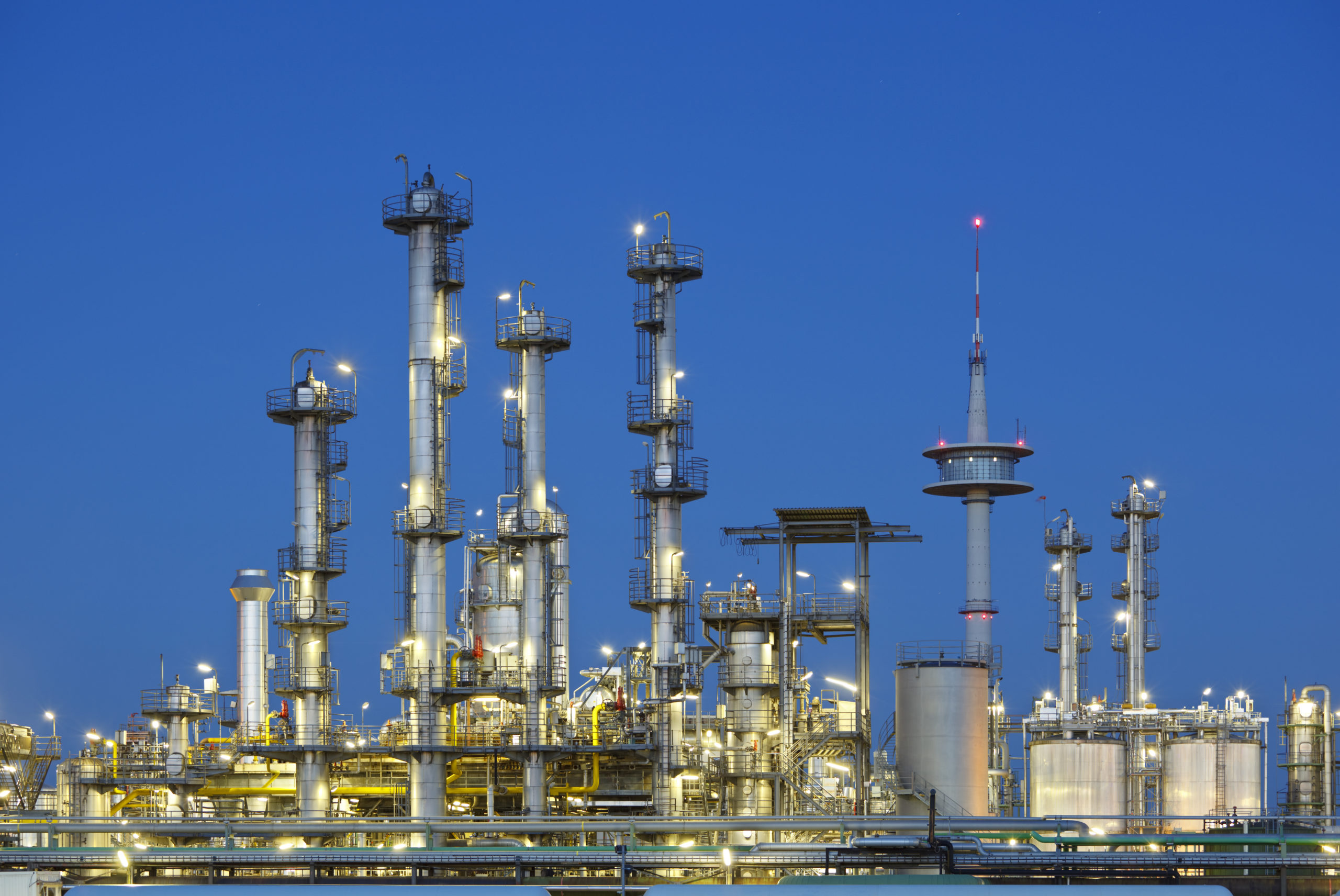Pressure cycling effects on metal seals are a critical concern in high-reliability systems where sealing performance must be maintained across thousands of load cycles. From aerospace propulsion to cryogenic fuel handling and hydrogen infrastructure, these seals face repeated stress that can lead to fatigue, creep, and eventual failure if not adequately managed.
This blog post focuses on material behavior under pressure cycling, seal fatigue, creep, stress relaxation, seal geometry, and failure mitigation strategies.
Material Behavior Under Pressure Cycling
Pressure cycling subjects metal seals to repeated expansion and contraction. Unlike elastomers, which can absorb these loads through viscoelastic behavior, metal seals rely on a combination of elastic and plastic deformation. The seal’s response depends largely on alloy type, microstructure, and load conditions.
Under cyclic stress, metals tend to show nonlinear, path-dependent behavior. Strain hardening may boost strength initially, but localized softening often follows. This then shifts contact forces over time, making it harder to maintain a reliable seal.
Alloys like Inconel X-750, Hastelloy X, and 316L stainless steel exhibit distinct cyclic stress-strain curves. As plastic strain accumulates, stress relaxation can occur, especially at load-bearing contact points.
Features like seal lips and sharp corners are prone to strain localization. Minor imperfections—scratches, grain boundaries, machining marks—can accelerate fatigue. What begins as a minor deformation may progress into structural damage over many cycles.
Residual stresses also play a role. Compressive stress improves fatigue resistance, while tensile stress—especially near welds or bends—can shorten seal life. Thermal gradients and uneven loading make this worse.
Grain structure matters too. Fine-grained metals resist crack formation better but may be harder to machine and more sensitive to creep.
In the end, performance under cycling is not just about the material. It’s about understanding how it behaves under real-world conditions—cycle after cycle.
Seal Fatigue Mechanisms
Fatigue is a primary failure mode in metal seals exposed to pressure cycling. Repeated loading leads to microstructural damage, often beginning at points of contact stress. Over time, small cracks form and propagate, compromising sealing integrity.
The fatigue regime depends on stress magnitude and cycle count. High-cycle fatigue (HCF) involves lower stresses over many cycles, every day in long-duration aerospace missions. Low-cycle fatigue (LCF) results from higher stress with fewer repetitions, as seen in hydrogen valves or rocket engine actuation.
Crack initiation typically occurs at the seal’s contact edge, such as the apex of a C-ring, where plastic deformation accumulates. Surface defects like tool marks or scratches can accelerate failure by acting as stress risers. Polishing and surface plating can help reduce these risks, but may add complexity and cost.
Material choice is crucial. Alloys with fine grain structures and high fatigue resistance extend seal life, but selection must align with the application’s thermal, mechanical, and chemical demands.
Creep and Stress Relaxation in Gasketed Joints
Over time, metal seals exposed to sustained compression or fluctuating loads can lose their ability to maintain sealing force. Two key mechanisms drive this: creep and stress relaxation.
Creep is the slow, permanent deformation of a material under constant load. Even high-strength metals can deform slightly at elevated temperatures, especially in thin-walled or spring-energized seals where stress is concentrated. The result is a reduction in seal thickness and contact pressure.
Stress relaxation is a related but distinct phenomenon. When a seal is compressed and held in place, the internal stress that generates sealing force gradually decreases. In long-duration or static applications, this can reduce preload enough to allow leakage, especially under vacuum or low-pressure conditions.
Pressure cycling makes both effects worse. As the system heats and cools, expands and contracts, the seal experiences repeated shifts in load and temperature. This behavior accelerates material fatigue and increases the risk of seal failure.
Material choice matters. Alloys with low creep rates and stable microstructures, such as Inconel or certain precipitation-hardened steels, resist long-term deformation. Design helps too. Spring-energized geometries can absorb changes in load while maintaining contact force.
Creep and relaxation may not cause immediate failure. But in critical systems, even small losses in sealing force can compromise performance over time.

Seal Geometry and Gland Design Under Cyclic Conditions
Seal geometry directly affects how a metal seal performs under pressure cycling. It influences stress distribution, deformation, and long-term sealing force. If the shape or fit is off, fatigue and leakage can follow.
Different profiles behave differently. C-rings offer good spring-back but can be sensitive to gland dimensions. Spring-energized seals adapt better to cycling but require careful compression control. W-rings and blade seals provide stronger contact but need tighter installation tolerances.
Gland design is just as important. Too much squeezing increases stress and fatigue. Too little, and the seal will not hold pressure. Surface finish, diameter, and housing alignment all impact how the seal responds to load and temperature shifts.
Thermal cycling adds risk. If the seal and housing expand at different rates, uneven loading or extrusion can occur, especially in cryogenic or high-heat systems.
Good design ensures the seal and gland work together across all conditions. The right match improves durability and reduces failure risk under repeated cycling.
Pressure Cycling Effects on Metal Seals: Mitigation Strategies
The effects of pressure cycling on metal seals mean that the design begins with smart material selection. Alloys like Inconel, Hastelloy, and age-hardened stainless steels offer good fatigue strength, low creep rates, and thermal stability. Fine-grained structures help distribute stress more evenly and resist crack initiation. Platings such as silver or gold can reduce surface friction and delay fatigue at contact points.
Seal geometry matters just as much. Spring-energized designs can help maintain contact force as loads shift over time. Features like rounded edges, uniform cross-sections, and optimized contact surfaces reduce stress concentrations and improve fatigue life.
Gland design must support the seal, not work against it. Controlling squeeze, minimizing sharp transitions, and ensuring good alignment all help reduce local overstress. Tighter tolerances can improve repeatability and reduce mechanical instability during thermal expansion or contraction.
Live loading systems, such as Belleville washers or spring bolts, can be used to compensate for stress relaxation and maintain consistent sealing pressure over long service intervals. In dynamic applications, where load conditions change frequently, these systems are especially valuable.
Analytical tools also play a role. Finite element modeling (FEM) allows engineers to simulate stress distribution, deformation, and contact pressure under cyclic loading. Such tools help predict failure points and optimize both seal and gland design before physical testing.
No single strategy solves every problem. But by combining robust materials, careful geometry, well-matched gland design, and predictive modeling, it is possible to improve the reliability of metal seals under pressure cycling dramatically.
Conclusion
Pressure cycling effects on metal seals can have some significant impacts on performance. Over time, creep, stress relaxation, and fatigue can erode performance if not carefully managed. The key to long-term reliability lies in understanding how these mechanisms interact and how to design around them.
Success starts with material selection, but does not end there. Geometry, gland design, preload strategy, and surface condition all play a role. When properly engineered, metal seals can withstand thousands of cycles without compromising seal integrity.
In critical applications, there is little room for error. A thoughtful, systems-level approach is what keeps the seal tight and the system safe.
At Advanced EMC Technologies, we specialize in precision-engineered metal seals designed for high-cycle, high-stakes environments. Contact us today to discuss your application or request a custom solution.


